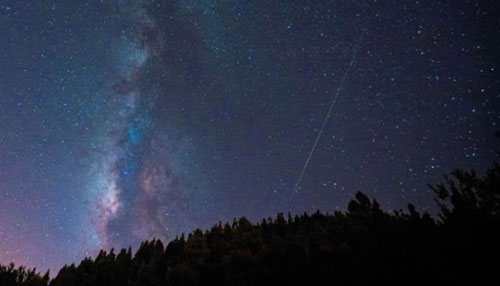Astronomers have detected in the stellar halo that represents the Milky Way’s outer limits a group of stars more distant from Earth than any known within our own galaxy — almost halfway to a neighbouring galaxy.
The researchers said these 208 stars inhabit the most remote reaches of the Milky Way’s halo, a spherical stellar cloud dominated by the mysterious invisible substance called dark matter that makes itself known only through its gravitational influence. The furthest of them is 1.08 million light-years from Earth. A light year is the distance light travels in a year, 5.9 trillion miles (9.5 trillion km).—AFP










